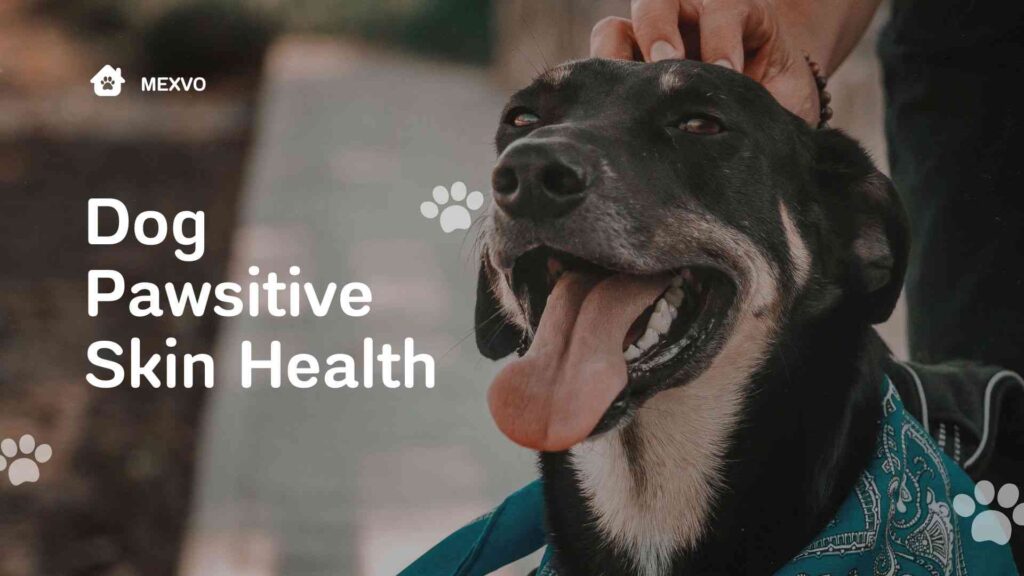A Guide to Identifying and Caring for Your Dog’s Common Skin Conditions:
Is your furry friend constantly scratching, licking, or shaking their head? As dog parents, we know how unsettling it is to see our pets uncomfortable. Skin problems are among the most common issues dogs face, but identifying the cause can be tricky.
This guide will help you recognize the signs of common canine skin conditions and provide safe, at-home care tips to provide relief until you can see your vet.
Part 1: Identifying Common Canine Skin Issues
First, let’s play detective. Look for these key signs:
· Constant scratching, licking, or chewing
· Redness or inflammation
· Flaky skin or dandruff (Seborrhea)
· Bald patches or thinning coat
· Sores, scabs, or hot spots
· A foul odor
If you notice a combination of these symptoms, it could be one of the following:
- Environmental Allergies (Atopic Dermatitis)
· What it is: A hypersensitivity to inhaled allergens like pollen, mold, or dust mites.
· How to spot it: Itchy paws (often licked pink), reddened skin, recurrent ear infections, and scratching around the armpits, groin, and face. It’s often seasonal.
- Food Allergies or Sensitivities
· What it is: An adverse reaction to an ingredient in their diet, commonly a protein source like chicken or beef.
· How to spot it: Similar to environmental allergies, but may also include gastrointestinal issues like vomiting or diarrhea. Itching can be year-round.
- Flea Allergy Dermatitis (FAD)
· What it is: An intense allergic reaction to the saliva of fleas. Just one flea bite can trigger a major reaction!
· How to spot it: Intense itching, especially at the base of the tail, leading to scabs, redness, and hair loss. You might see “flea dirt” (black specks that turn red when wet).
- Hot Spots (Acute Moist Dermatitis)
· What it is: A painful, moist, red sore that appears suddenly and can grow rapidly.
· How to spot it: A wet, oozing, and intensely inflamed patch of skin. They are often caused by an initial itch (from a flea bite, allergy, or even moisture) that the dog then licks and chews raw.
- Yeast Infections
· What it is: An overgrowth of yeast, often in warm, moist areas of the body.
· How to spot it: A distinct, musty or “cheesy” smell, greasy skin, dark pigmentation, and itching—particularly in the ears, between paw pads, and in skin folds.
Part 2: Safe & Soothing At-Home Care
· Important Disclaimer: Always consult your veterinarian for a proper diagnosis and treatment plan. These tips are for mild relief and are not a substitute for professional care.
- The Soothing Oatmeal Bath
· Why it works: Oatmeal is a natural anti-inflammatory that can calm itchy, irritated skin.
· How to do it: Use a colloidal oatmeal shampoo made for dogs. Lukewarm water is best, as hot water can worsen inflammation. Soak for 10 minutes, then rinse thoroughly. Pat dry—do not rub.
- The Power of an E-Collar (The “Cone of Shame”)
· Why it works: For hot spots or any raw area, the single most important step is to prevent your dog from licking, chewing, or scratching it. This allows the skin to begin healing.
· How to do it: Use a cone (or a more comfortable inflatable collar) whenever you cannot directly supervise your dog.
- Gentle Paw & Skin Wipes
· Why it works: For dogs with environmental allergies, wiping down their paws, belly, and coat after being outside can remove pollen and other allergens.
· How to do it: Use a soft, damp cloth or hypoallergenic pet wipes.
- Dietary Support: Omega-3 Fatty Acids
· Why it works: Omega-3s (found in fish oil) are powerful natural anti-inflammatories that can support healthy skin and a shiny coat from the inside out.
· How to do it: Add a high-quality fish oil supplement to your dog’s food, following your vet’s recommended dosage.
- Keep it Clean and Dry
· Why it works: Moisture trapped against the skin is a breeding ground for bacteria and yeast.
· How to do it: After baths or swimming, always dry your dog thoroughly, paying special attention to their paws, armpits, and skin folds.
When to Call the Vet Immediately
While home care can help, some situations require immediate professional attention. Contact your vet if:
· The itching is severe and preventing your dog from sleeping or resting.
· The skin is broken, bleeding, or oozing pus.
· Your dog seems lethargic, loses their appetite, or has a fever.
· The condition spreads rapidly or doesn’t improve within a few days.

